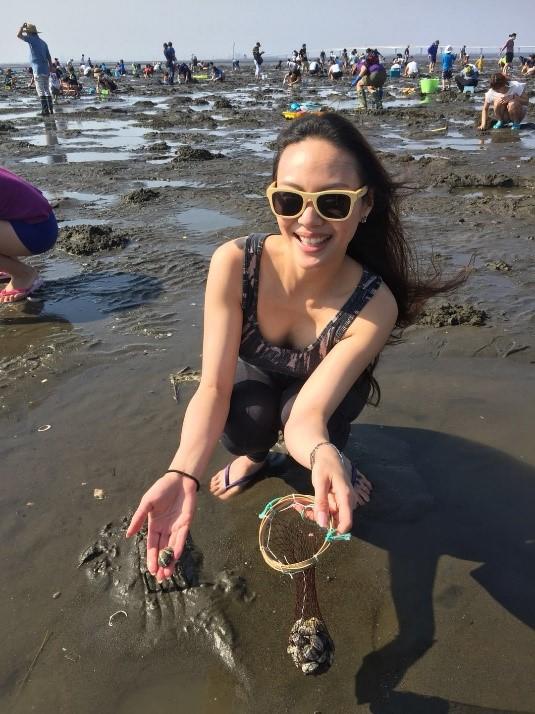
Uenohara
上野原
Have any of you heard of Uenohara (上野原市 Uenohara-shi)? It is a rural city located in eastern Yamanashi Prefecture, Japan with an estimated population of fewer than 30,000 people. Read more about my experience trout fishing, gold panning, and woodworking in Uenohara!
皆様、上野原市について、聞いたことがありますか?上野原市、山梨県の中部最東端に位置する市です。
地方自治体は、観光客誘致に関する情報を収集するために、外国人のモニタツアーを開催し、自治体から招待されたので、このモニター・ツアーに、最近参加しました。今回は私の経験について、話したいと思います。





